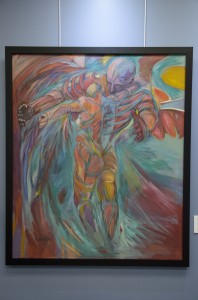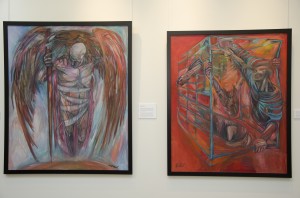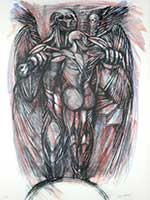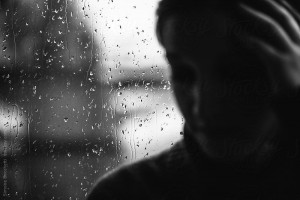Our tradition likes to say, “Beauty is in the eye of the beholder.” Here’s how I interpret that. A human subject is a very complex creature. To answer the question “who am I?” is, in a way, to sketch out your own “horizon,” that is to say, all that your consciousness has experienced, understood, and judged to be real about the whole range of its experiences.
For example, if you spend a semester in Europe (Italy, say), that journey is almost certain to extend your horizon outside your own country to a field of experiences you probably have not had before. Almost certainly, as you extend the boundaries of your experience, you become aware of changes that also take place in you, the subject. An American, it is well said, discovers more about herself, and unknown dimensions of herself, on foreign shores. Experiences overseas enrich your very being. At least, they do so if you are alert and attentive to what you are experiencing, understanding, judging.
As applied to beauty, I am certain that my own years of travel in Italy – my favorite spots, for instance, such as Venice, Florence, Siena, and Rome – brought me into contact with so many different painters (using so many diverse techniques and styles, having access to varied qualities of pigment, and having studied under different masters), that the cumulative experience changed me and my perceptions greatly. I began to grasp the immense range of Italian painting, from Giotto and Fra Angelico, through Tintoretto and Botticelli, Pinturicchio and Rafael, Caravaggio, Michelangelo and Veronese. I was practically overwhelmed with stimuli I had never before experienced.
After learning a vocabulary of painters in a culture so rich, one can see a lot more in any painting than one ever did before. In short, a change in horizon normally brings about a change in the subject, and a change in the subject normally feeds a desire for still wider horizons, for which one is now readier than before.
Thus my wife, Karen, taught me, again and again, to see things in paintings I had never noticed before, and to show me how much more moving the execution of brushstrokes was on this side of the painting compared with the other side, or from one painter to another. Think for a moment of brushstrokes in Fra Angelico and in Caravaggio. Note also in those two painters the differences in lightness and in dark, in utter simplicity and in chiaroscuro.
 One of the distinctive and often overlooked features of studies in the humanities is that these experiences entail changes in the subject. As a maturing student, it is not only the addition of one more book to the list of books you have read that counts, but far more the changes that have occurred in you – in your mind, your emotions, your imagination, the range of what you can now understand that you did not understand before.
One of the distinctive and often overlooked features of studies in the humanities is that these experiences entail changes in the subject. As a maturing student, it is not only the addition of one more book to the list of books you have read that counts, but far more the changes that have occurred in you – in your mind, your emotions, your imagination, the range of what you can now understand that you did not understand before.
It is no wonder, then, that “Beauty is in the eye of the beholder.” Each beholder is an ever evolving subject. Each person is an agent of changing consciousness, able to perceive and to understand an ever enlarging horizon of materials. As the subject changes, so also her ideas of beauty change. What she formerly did not understand and appreciate can a year later bring her almost to tears with its beauty.
Excerpted from remarks to be delivered on Friday at the 40th Annual Philosophy/Theology Symposium at Walsh University in North Canton, OH. This year’s theme is “Human Nature, Grace, and the Interior Life.” The photos above are from an accompanying exhibit of thirty-six works by Karen Laub-Novak, presently on display at Walsh’s Birk Center for the Arts. Photos courtesy of Professor Katherine Brown. For more information on Karen Laub-Novak’s work, see laub-novakart.com.
















